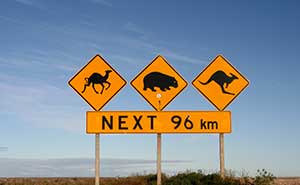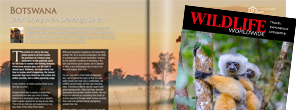Cooktown and nearby Mount Cook (431 metres) take their names from James Cook, who beached his ship, the Endeavour, for repairs at the mouth of the Endeavour River, on Cape York Peninsula in 1770.
The northernmost town on the east coast of Australia, it was founded in 1873 as a port to supply the goldfields along the Palmer River. The area around Cooktown contains three major ecozones – tropical rainforest, sclerophyll forests, sandy dunes and lagoons – and is thus unusually rich in biodiversity, with a large proportion of the 3,000 plant species and more than 500 terrestrial vertebrates recorded for Cape York Peninsula. The region contains many rare or unusual species which are of great interest to botanists and zoologists.
When Cook beached his ship, naturalists Joseph Banks, Daniel Solander, made good use of their enforced 7-week stay to make and illustrate an extensive collection of the plants of the area. In fact it was here that they collected the vast majority of plants they brought back to the Royal Botanic Gardens at Kew. The illustrations were later published as Banks' famous Florilegium. Meanwhile their colleague Sydney Parkinson illustrated the local Aboriginal people he encountered nearby, plus the flora he collected and the fauna he saw, and first gave kangaroos their modern English name (borrowing from the local Guugu Yimithirr language).
Cooktown and the Endeavour Valley have subsequently become a major attraction for biologists and illustrators of flora and fauna. Vera Scarth-Johnson (1912–1999), spent almost thirty years illustrating the region’s flowering plants, then donated her priceless collection of botanical illustrations to the people of the town. In accordance with her wishes, a gallery and interpretative centre was built in Cooktown’s Botanic Gardens to house the collection and promote the study and appreciation of the area’s plants and animals.
Immediately north of the small town, Endeavour River National Park was established to protect and preserve some of the natural and cultural resources in and around the mouth of the Endeavour River.
View suggested itinerary











